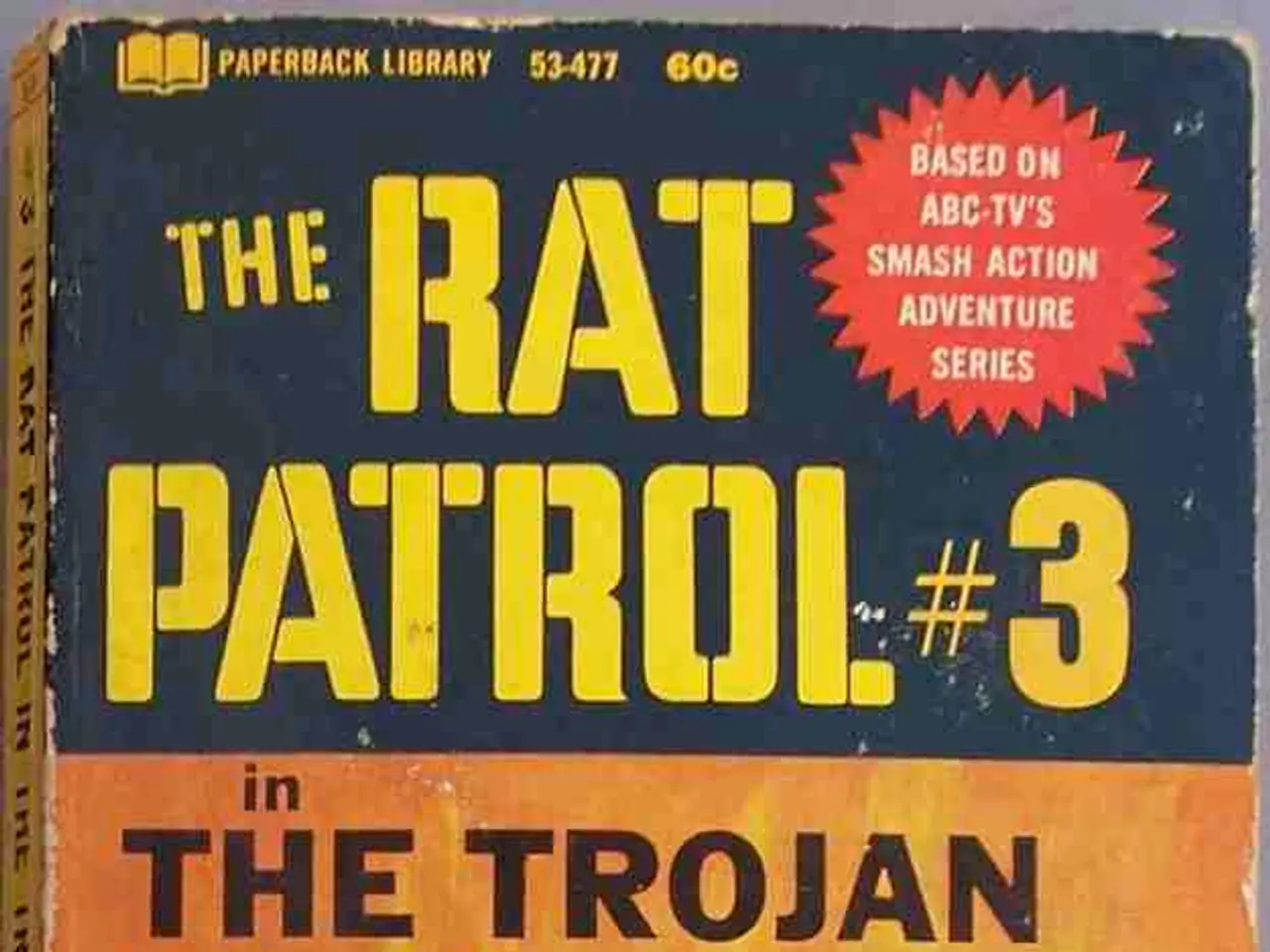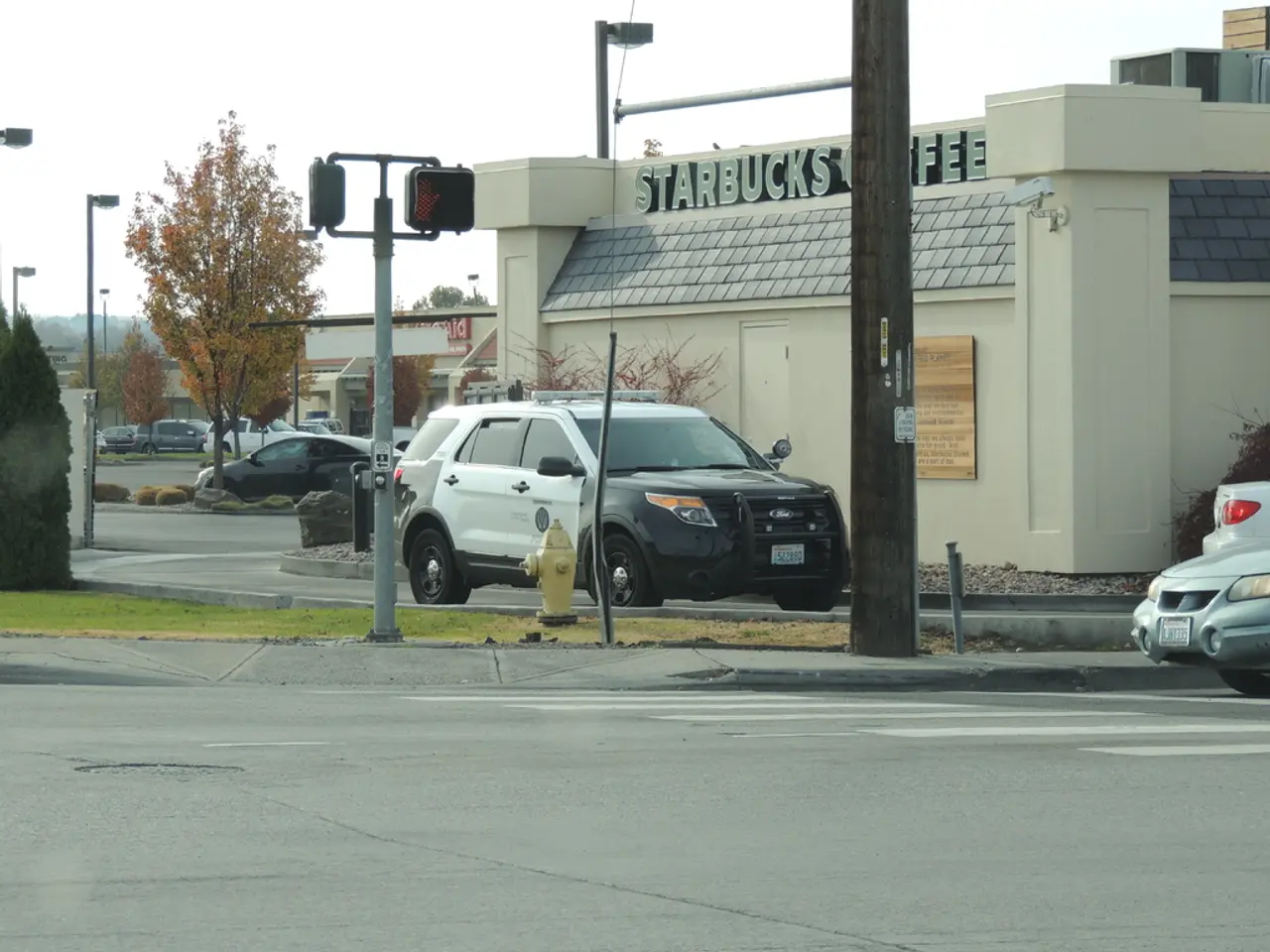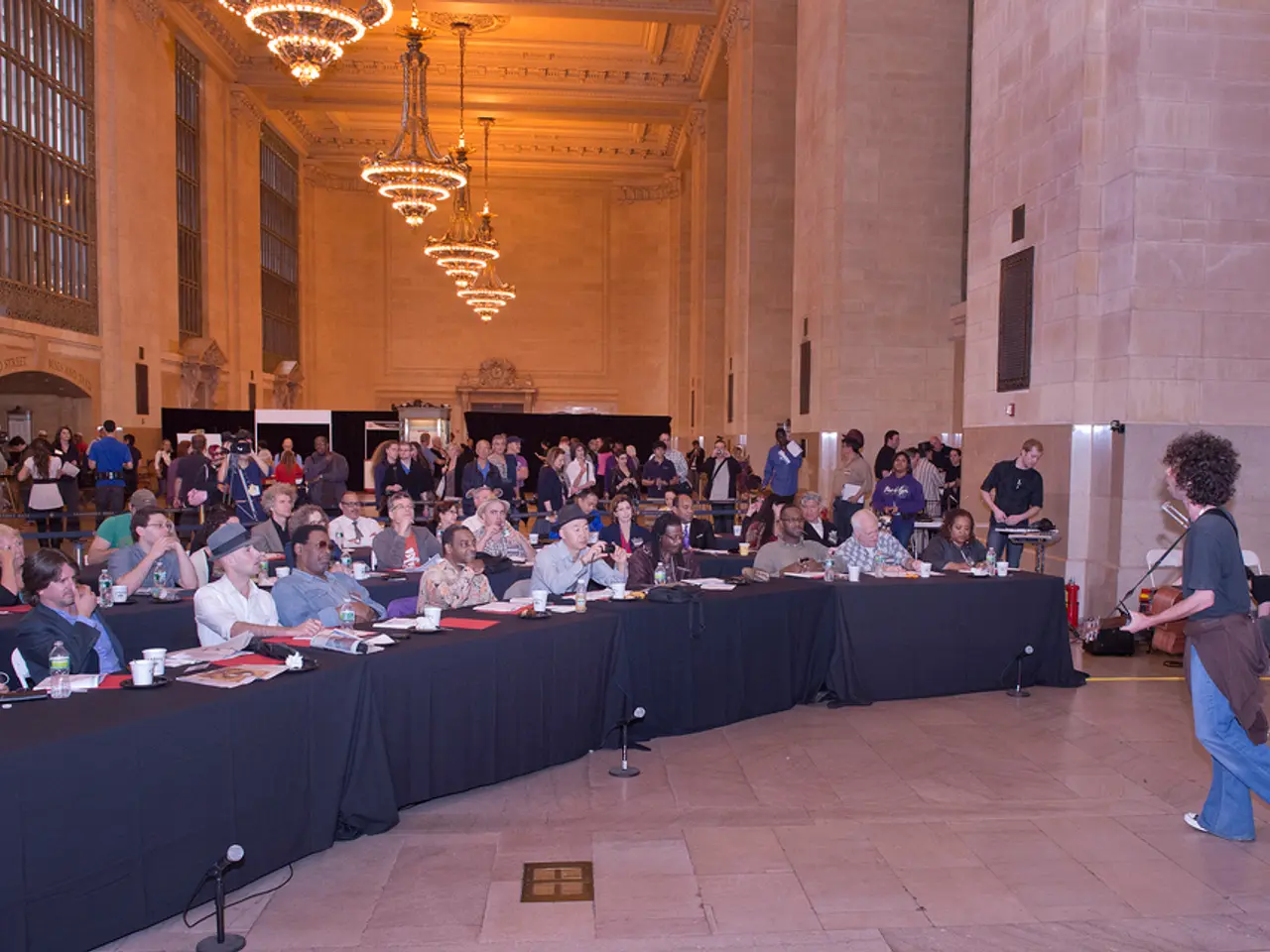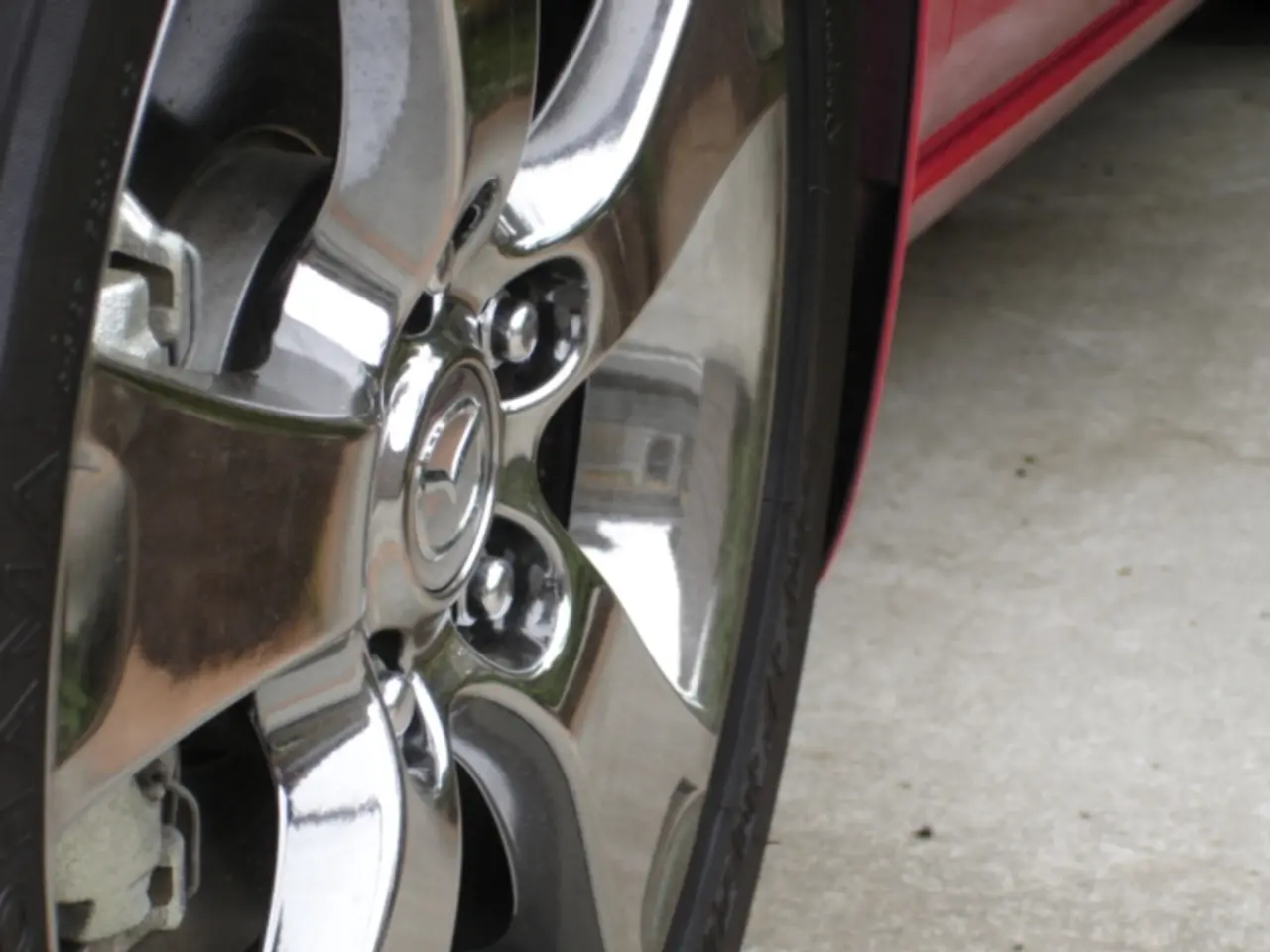Interactions between Objects and Forces in the Realm of Crashing and Impacts
## A Journey Through the Evolution of Gaslands' Collision System
In the thrilling world of tabletop wargames, Gaslands stands out for its high-speed, heavily-armed vehicle battles. The game's collision system, a crucial component of its gameplay, has undergone a series of transformations, reflecting the dynamic and iterative nature of game design.
Mike, the game's designer, has been open about the design decisions that led to the current system. Initially, the aim was to create a collision system that was clear, crisp, and not open to player interpretation. To achieve this, the designer experimented with various ideas, such as a clock-face template to simulate vector summing in the collision system.
This clock-face template system involved a 2D6 roll to spin the target vehicle to a new facing. However, this system had its challenges. If both participants in the collision chose to evade, all vehicles involved gained +1 hazard token each. This could lead to a rapid accumulation of hazards, potentially slowing down the game's pace.
The designer also tried a system where the vehicle doing the smashing lost a gear to simulate lost momentum. While this system added a layer of realism, it overly punished "close combat," making it less engaging for players. This led to a system where cars felt as if they were bouncing off each other, leading to cars ping-ponging off in opposition directions.
Another experiment involved the active vehicle lowering its gear value, and the passive car changing orientation based on the active car's orientation. However, this system proved to be too complex, requiring custom components, and was deemed too complex for the game.
In earlier versions of the game, skid checks were handled with scatter dice, which generated a random direction for the skidding vehicle. This system led to positioning issues, as cars would collide, get randomly pointed or moved, and then neither car would be able to move off next turn.
In 2016, a significant change was introduced. A rule was added that allowed vehicles to ignore obstacles if they began their activation in contact with them. This new rule provided a new option for the collision physics engine that hadn't been possible before.
Co-conspirator Glenn proposed a collision physics system involving bases with small holes and pencil tips as pivot points. This idea, while innovative, did not make it into the final game.
Dan Frohlich, a new player, expressed interest in the game's collision physics. In response, the designer simplified the system, replacing the previous rules with a rule where all vehicles involved in a collision gain +2 hazard tokens each. This rule, while less complex, maintains the game's fast-paced nature while adding a strategic element through the accumulation of hazards.
The final text of the rule states that if one or both participants in the collision chose smash attack, all vehicles involved gain +2 hazard tokens each. This system, while evolving, captures the essence of high-speed collisions in Gaslands, offering a thrilling and engaging experience for players.
In a post-apocalyptic setting, a sports-like competition could be imagined, where the rules are based on Gaslands' collision system. The evolving design of the collision system, with its focus on clarity and speed, could be the basis for an intense, strategically rewarding post-apocalyptic racing game.
Despite numerous experiments with different rules and systems, such as simulating lost momentum or using small holes for pivots, the current collision system in Gaslands, with its hazard token mechanics, retains an engaging and fast-paced nature, much like an adrenaline-pumping sports event.







